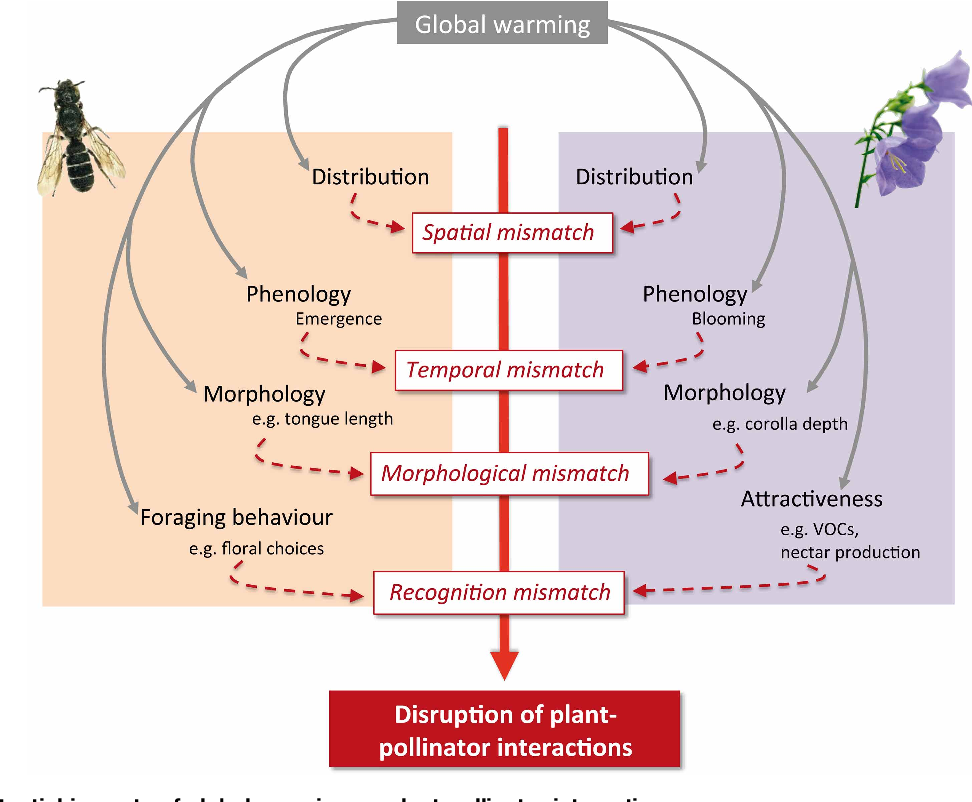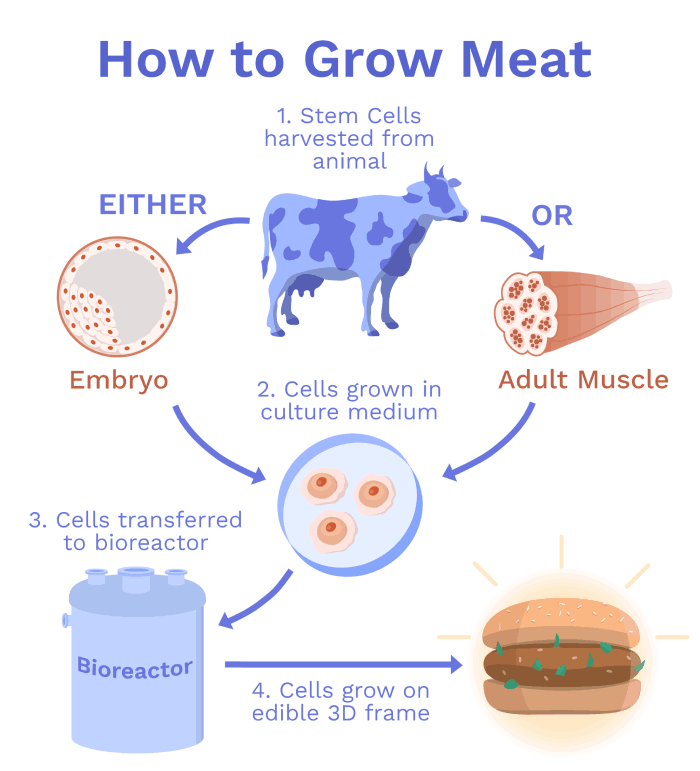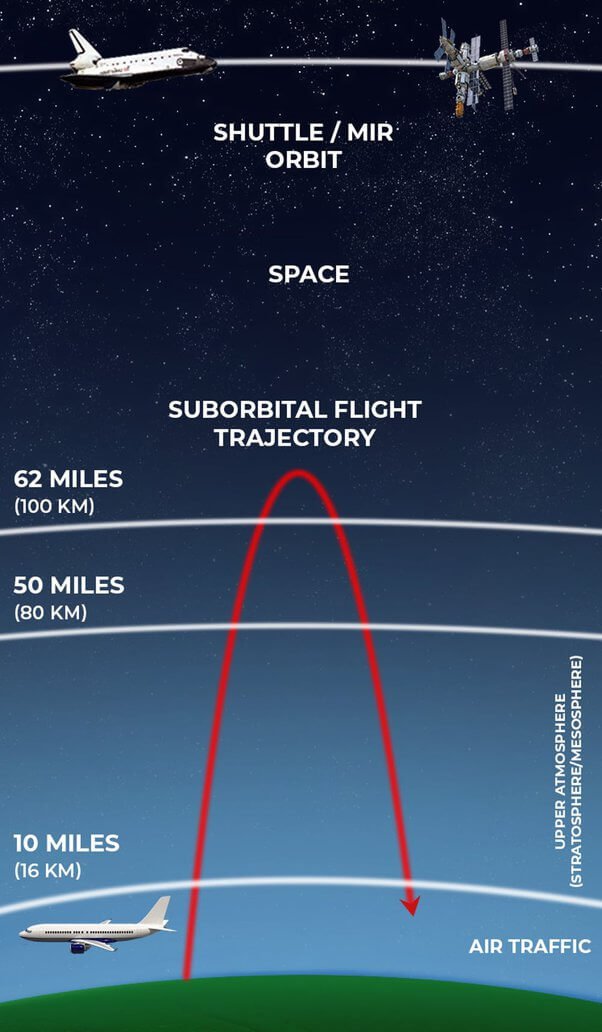
Speciation without geographic barriers
Subscribers of "Current Affairs" course can Download Daily Current Affairs in PDF/DOC
Subscribe to Never Miss an Important Update! Assured Discounts on New Products!
Must Join PMF IAS Telegram Channel & PMF IAS History Telegram Channel
- Context (TH): Researchers at IIT Bombay discover the role of environmental resources, genes and mating in species in the development of new species in the same area.
Speciation
- Speciation is the process of formation and evolution of new species. The study challenges the traditional view of Allopatric speciation.
- Allopatric speciation occurs in species isolated from each other by geographical barriers.
- It has shed light on speciation in the absence of geographic barriers –> Sympatric speciation.
Findings of study
- The researchers used a genetic-based model to investigate the factors that contribute to speciation when populations live in the same geographic area.
- This theoretical study focused on a population of birds using simulated data. It focused on a physical trait of the birds – the beak size.

Credits: TH
- Adaation in beak size to best utilise two types of food resources: nuts and flower nectar.
- Birds with small beaks will be better at utilising resource nuts, while longer beaks are needed for utilising flower nectar as their resource.
- It examined three aspects that encourage speciation: disruptive selection, sexual selection, and genetic architecture.
Ecological disruptive selection
- The “divide” can be created by non-uniform environmental resources in sympatric speciation.
- Disruptive selection favours heritable differences in the population.
- It ensures that the offspring of mating of individuals belonging to two different groups do not survive.
Role of sexual selection
- Sexual selection, on the other hand, is a type of natural selection driven by competition for mates.
- It can lead to the evolution of elaborate traits that are attractive to potential mates.
- A ‘bias’ towards a trait like feather colour can evolve, leading to sympatric speciation.
- For example, consider a bird population with two types of feathers—blue and red. If a bias among the blue birds to only mate with their kind evolves, can lead to sympatric speciation in two distinct species.
- Surprisingly, the researchers found that sexual selection based on special traits did not contribute to speciation in sympatry.
- The study also acknowledges the possibility of lower fitness of the offspring due to sexual selection.
Genetic architecture
- Researchers discovered that genetic architecture, or how genes control the trait under selection, was a crucial factor in sympatric speciation.
- However, results are limited by the assumption that birds from the two groups mate without any bias and that this bias does not change with time.




![PMF IAS Environment for UPSC 2022-23 [paperback] PMF IAS [Nov 30, 2021]…](http://pmfias.b-cdn.net/wp-content/uploads/2024/04/pmfiasenvironmentforupsc2022-23paperbackpmfiasnov302021.jpg)










